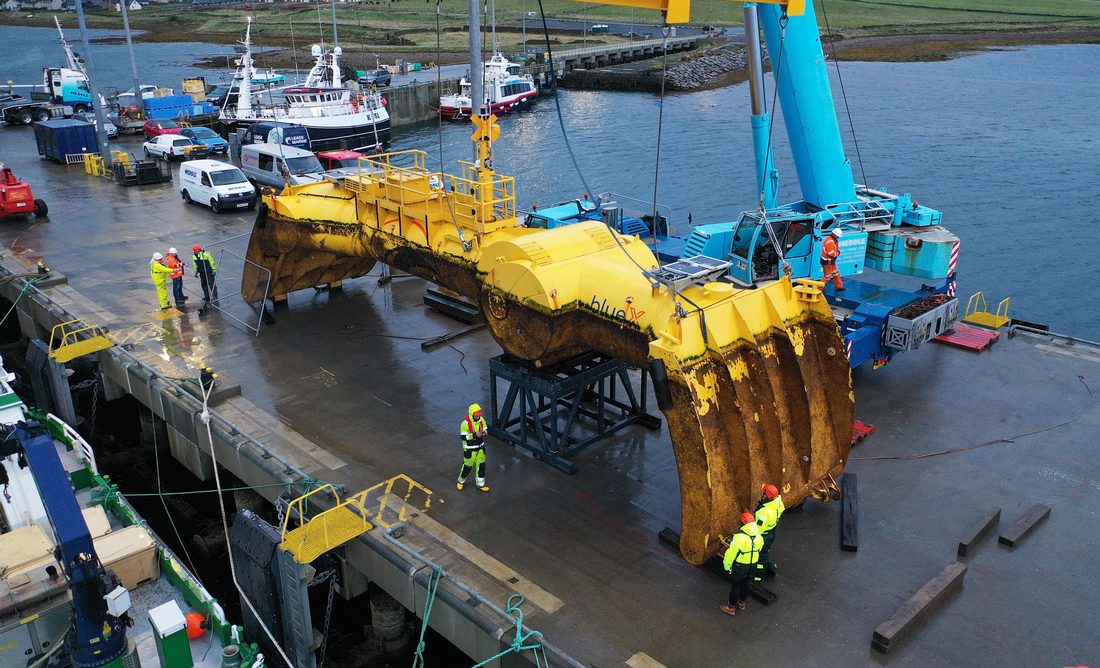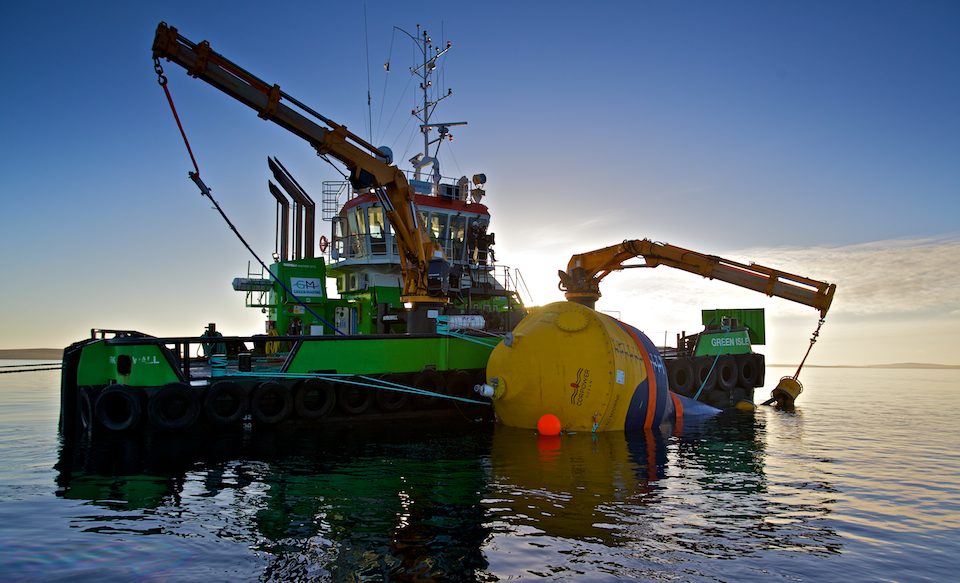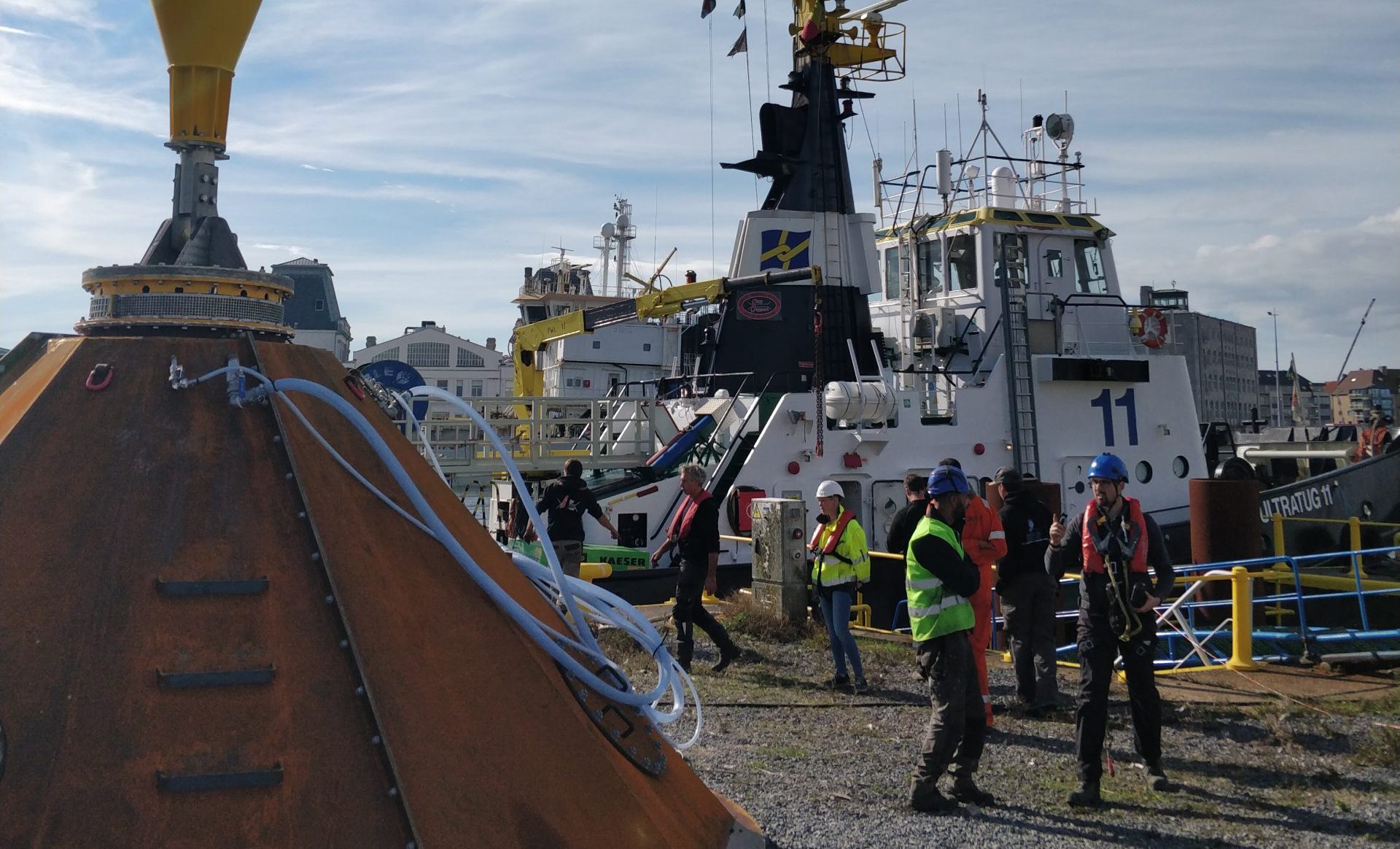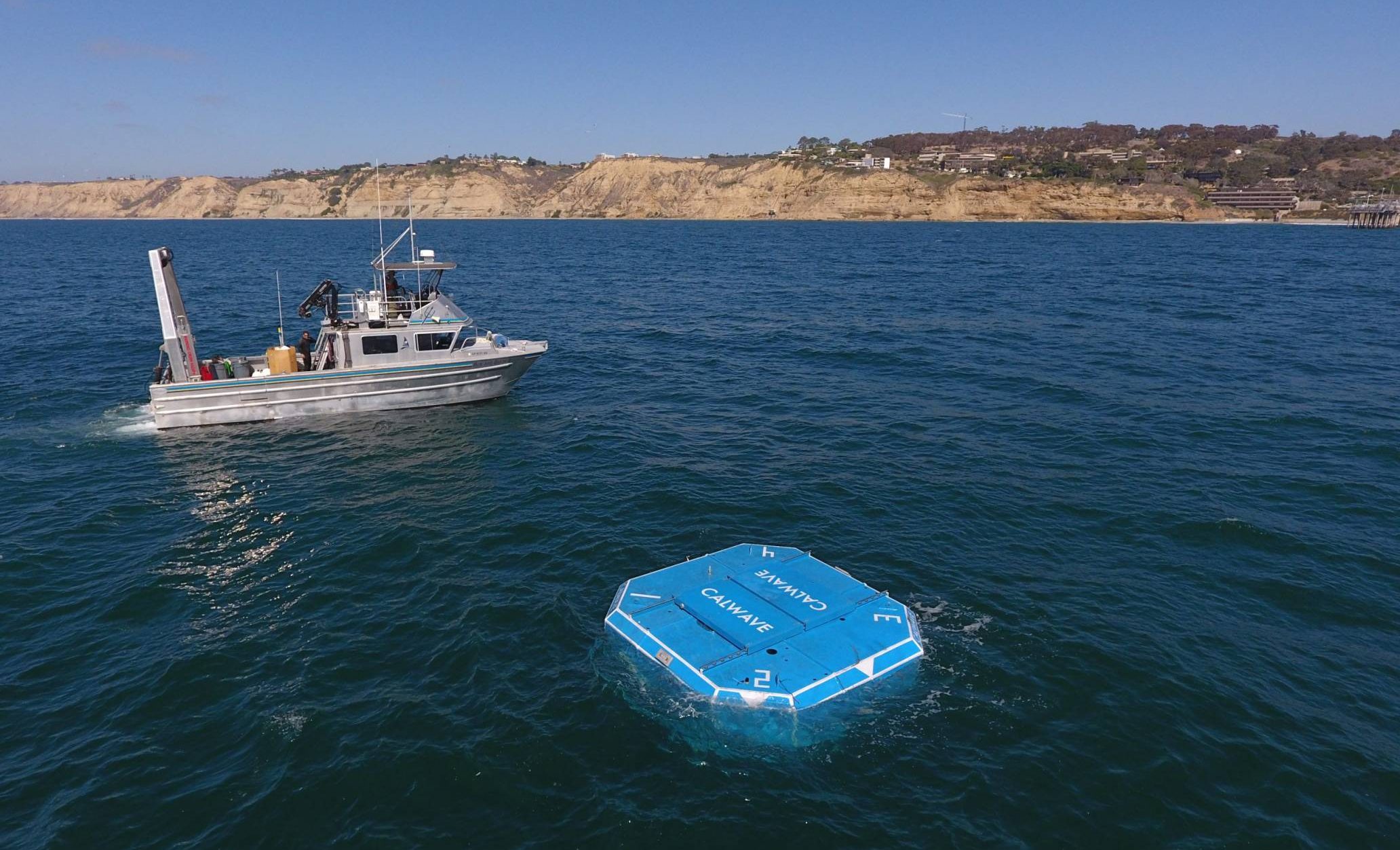Wave energy

The world's largest untapped source of energy
With a staggering global resource, wave energy has the potential to be the largest source of energy from our seas. The Intergovernmental Panel on Climate Change (IPCC) puts the potential annual global production at 29,500 TWh. This is almost ten times Europe’s annual electricity consumption of 3,000 TWh.
Wave energy can provide utility-scale power production, and works very well in tandem with other renewables such as wind. It is also a clean, effective alternative to polluting and expensive diesel for remote islands and offshore industries, such as fish farms or oil & gas platforms.

How does it work?

Wave energy technology
Several different wave energy technologies currently exist. They are designed to harness wave energy in different environments.
- A point absorber is a floating buoy that absorbs energy through the movement of the waves at the water’s surface.
- An oscillating wave surge converter is mounted on the seabed in shallower water, and harnesses wave energy with an oscillating flap.
- An oscillating water column is a partially submerged, hollow structure which is open to the sea water below the surface and connects to an air turbine above through a chamber. As the waves rise and fall, the air in the chamber is pushed back and forth through the air turbine, generating power.

Gearing up for first wave energy farms
Today, scaled and full-size wave energy prototypes are being tested at sea. The most advanced device developers are planning and building the first multi-device wave energy farms around Europe, most notably in the UK, Portugal, Spain and Italy.
Once built, these pilot farms will serve as a basis for commercialising wave energy technology and building a new European industry.

